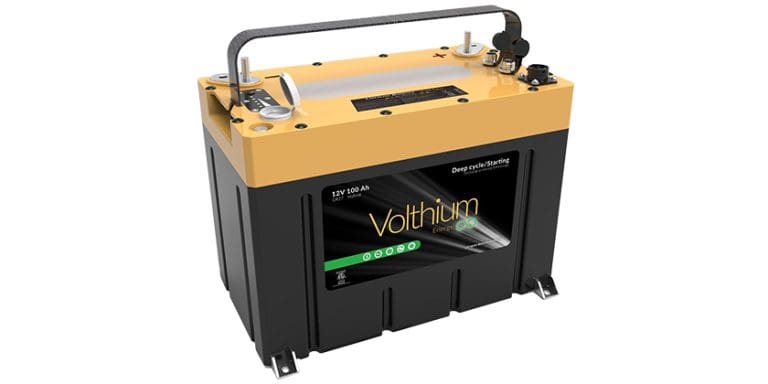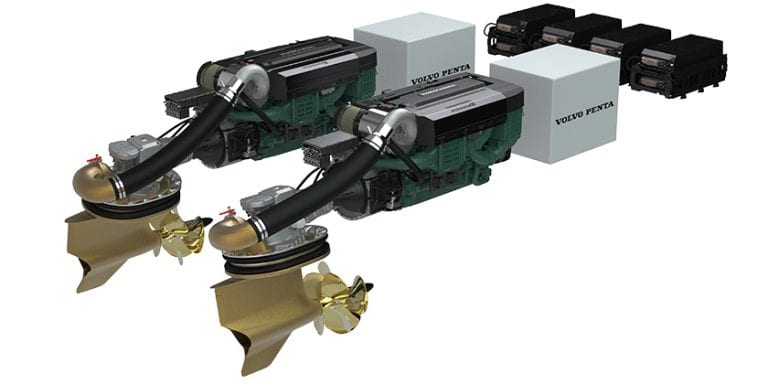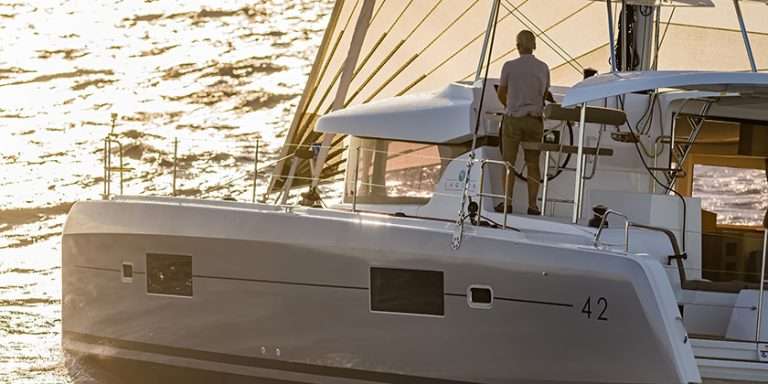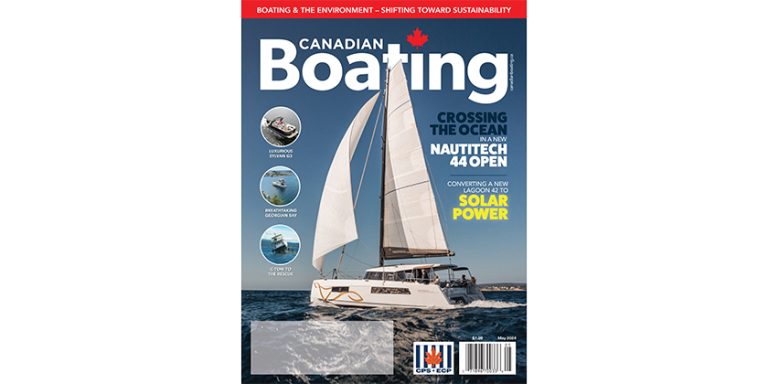Boat Nerd: DC Electrics – Part 7 – final considerations Inverters and Multimeter
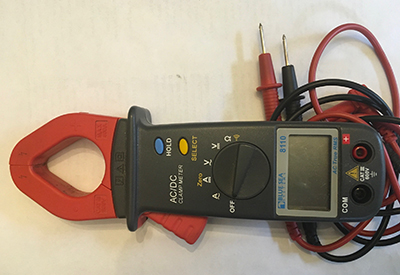
Apr 6, 2022
Should you have 120VAC devices or appliances (vacuum, expresso maker, induction elements, wired tools) you’d like to run on your vessel when away from the dock you will need an inverter. An inverter takes in DC power and synthesizes 50 or 60Hz AC power at 120 or 220V. Some manufacturers such as Victron allow you to slave units together for 120/240V operation like you find in your house for items such as stoves or dryers.
There have historically been two types of inverters. The earlier and cheaper models used a technique called Modified Sine Wave (MSW) to approximate a normal sine wave. Devices such as lamps and heaters will run just fine with this type of inverter. Many electronic devices will not work on a modified sine wave. The other type of inverter that is becoming more common and coming down in price is the True Sine Wave (TSW) inverter. These will run any equipment that you can plug in at home (as long as they draw less power than the inverter can supply).
However, what you do need to remember is that watts are constant on both sides of an inverter (ignoring the slight loss within the inverter). If you have a 1000W tea kettle that consumes 8.3 A at the 120V output of the inverter, you need 1000W going into the inverter so your battery bank will need to supply 83A at 12V. A general rule of thumb is that the DC draw of a device will be the 10 times the AC draw. In a real-world case if we assume an 85% inverter efficiency and a lithium battery supplying 13V under load our actual current draw for our kettle will be about 90A.
With dealing with an inverter you may hear about or run into the term “Ripple”. As the inverter creates the AC sine wave the current load imposed on the DC system is also a sine wave (assume a resistive load for simplicity). As the DC current drawn by the inverter increases from zero to its peak value the DC voltage will drop slightly in step with the AC waveform (due both to battery voltage drop under load and circuit losses). As the AC current drops from its peak back to zero, the DC voltage will recover. This happens twice every AC cycle resulting in a small 120Hz (or 100Hz if in Europe) sinewave superimposed on top of a base DC voltage. This is known as ripple and it may manifest itself as hum in an audio device.
Digital Multimeter
If you are going to do electrical work of any type on your vessel, I would get a decent Digital Multi Meter. My go to meter is the Blue Sea Systems 8110. It does AC and DC current through it clip on sensor, AC & DC volts, resistance, audible continuity and has a hold function. See figure 15.
As a digital meter has a very high impedance (draws next to no current from the circuit) it can present misleading readings under peculiar circumstances. If there is a high resistance in the circuit (bad or corroded connection) it may not show up on the meter (meter my show full voltage) however if you then connect a load that draws a reasonable current that device doesn’t work (The system voltage is dropped across the high circuit resistance). You may wish to create a trouble light consisting of a bulb with flex leads that draws a couple of amps. This would be enough to drop voltage across the high circuit resistance and alert you to the issue.
If there is sufficient interest, I can expand on multi meter trouble shooting techniques in a subsequent article.
Thanks for reading all seven parts!
 Acknowledgements: thanks to ABYC, BoatHowTo course, Nigel Calder’s books, Marine How To website, Victron Energy for information and ideas used in this article.
Acknowledgements: thanks to ABYC, BoatHowTo course, Nigel Calder’s books, Marine How To website, Victron Energy for information and ideas used in this article.
CYOB’s Boat Nerd, Mike Wheatstone, has enjoyed sailing since he was in his mid teens. A Queen’s electrical engineer by training, he spent his career working for Ontario Hydro and Hydro One. There he worked in engineering supporting the power system control centres.
His first boat in 1980 was a Shark. With a growing family’s 2-foot-itis, there were upgrades to a Grampian 26, CS34 and currently a Hunter36. Now retired, Mike and his family spend summers on the Hunter (Dragonfyre) and winters in the Caribbean on their Leopard 43 cat (Peregrine).

